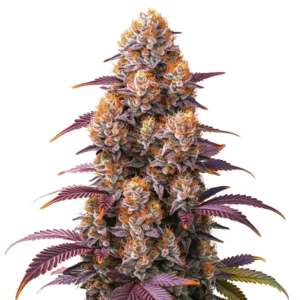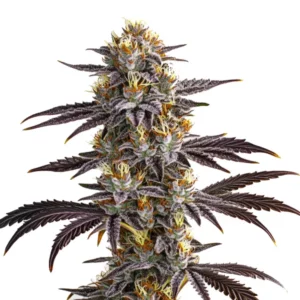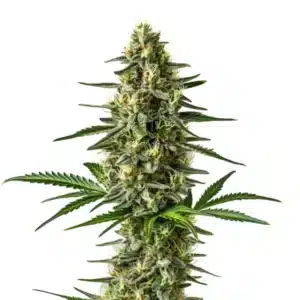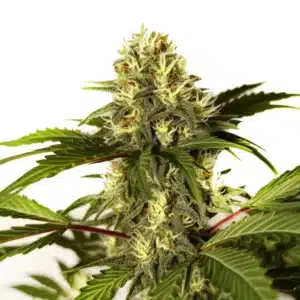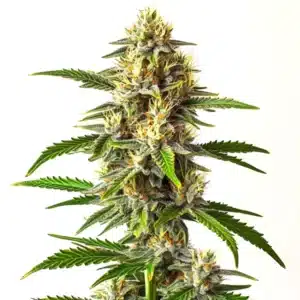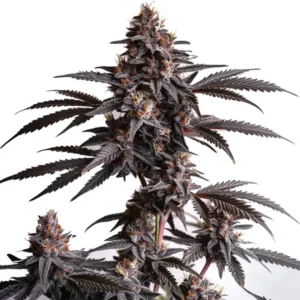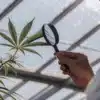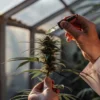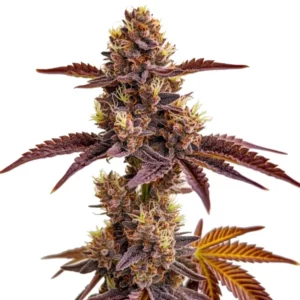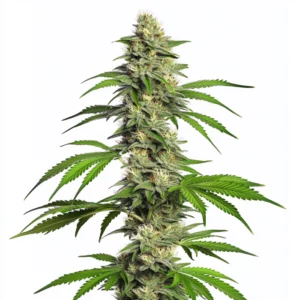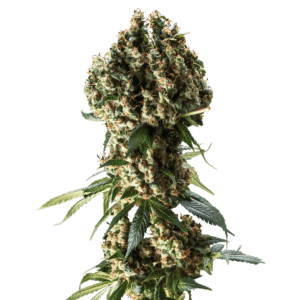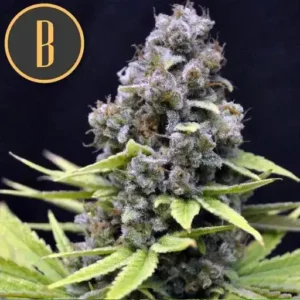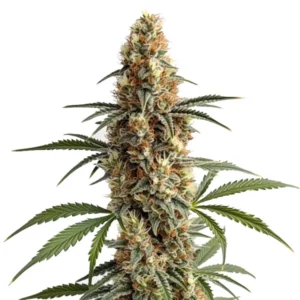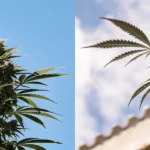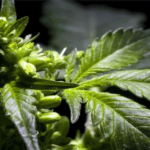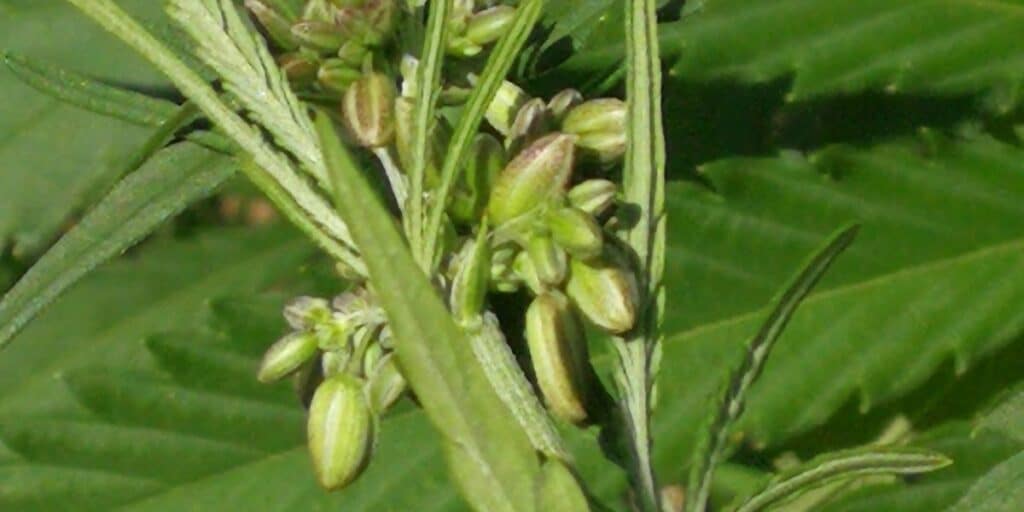
The Most Important Job: A Grower’s Guide to Sexing Cannabis Plants
Let’s talk about one of the most critical, nerve-wracking, and important jobs a grower has: sexing your plants. This is the moment you become the bouncer for your garden, separating the boys from the girls.
Why? Because for most of us, the ultimate goal is to achieve “Sinsemilla” a garden bursting with potent, resinous, and completely seedless female flowers. To get there, you must become an expert at spotting and removing the male plants before they get a chance to do their thing, which is to pollinate your entire crop and turn your beautiful buds into bags of seeds.
Recommended Strains
Gelato 45
|
|
THC | 22% - 24% (Medium) |
|
|
Type | Feminized |
|
|
Yield | High |
|
|
Phenotype | 60% Indica / 40% Sativa |
Gelato Auto
|
|
THC | 19% - 21% (Medium) |
|
|
Type | Autoflowering |
|
|
Yield | Medium |
|
|
Phenotype | 40% Indica / 60% Sativa |
Why Bother with Males at All? The Pro’s Choice
Now, you might be thinking, “Why would I ever risk having males when I can just buy feminized seeds?” It’s a great question, and here’s the answer that separates the hobbyist from the connoisseur: genetic stability.
Regular seeds, which produce a roughly 50/50 mix of males and females, are often considered to be more genetically stable and are far less prone to the kind of stress that can cause a plant to become a hermaphrodite. For serious breeders looking to create new strains, or for old-school growers who want the most robust and true-to-type genetics, working with regular seeds is the gold standard. It just means you have to be a vigilant bouncer.
Promos & Deals
The Spotter’s Guide: How to Read the Signs
This is where your daily attention pays off. You need to be checking the “nodes” of your plants, the little junctions where the branches meet the main stem, every single day once they hit about four to six weeks old.
And here’s a critical piece of information that gives you a huge advantage: male plants almost always show their sex a week or two earlier than females. Nature gives you a head start. The males are eager to get going because their job is to release pollen right at the beginning of the females’ flowering cycle. This is your window of opportunity to act.
Here’s what you’re looking for:
- The Males: You will see small, ball-like sacs starting to form. They look like a tiny bunch of grapes and will dangle slightly. These are pollen sacs. They are your target.
- The Females: You will see a small, teardrop-shaped bract (a modified leaf), and from its tip, you will see two delicate, wispy, white “hairs” (called pistils) emerge.
It’s that simple: you’re looking for balls or you’re looking for hairs.
The moment you can positively identify a plant as a male, your mission is clear. To be safe, gently place a plastic bag over the plant to contain any pollen that might accidentally be released, then chop it down at the base of the soil and remove it carefully from your grow space.
Your vigilance will be rewarded with a garden full of beautiful, unpollinated female plants that will pour all of their energy into producing the massive, resinous, seed-free buds you’ve been dreaming of. That’s the art of the Homegrown harvest.
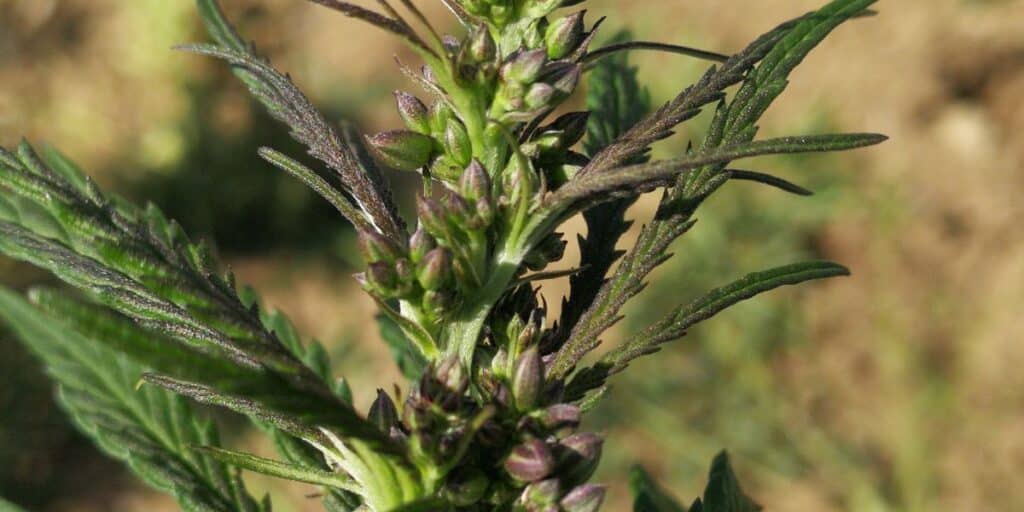
Frequently Asked Questions
What is the “Sinsemilla” technique?
“Sinsemilla” is a Spanish term meaning “without seed.” In cannabis cultivation, it’s the practice of identifying and removing all male plants from your garden to prevent them from pollinating the females. This ensures the female plants put all their energy into producing potent, seedless buds instead of seeds.
Why would a grower choose to use regular seeds instead of feminized ones?
The primary reason is genetic stability. Regular seeds, which produce both males and females, are often considered to be genetically hardier and are much less likely to develop hermaphroditic traits (both male and female flowers on the same plant) when stressed.
Do male and female plants show their sex at the same time?
No, and this is a huge advantage for the grower. Male plants will almost always reveal their sex (by showing their first pollen sacs) about one to two weeks before the female plants show their first pistils. This gives you a critical window to identify and remove the males before the females are even mature enough to be pollinated.
What are the first visual signs of a male vs. a female plant?
Look at the nodes where the branches meet the main stem. A male plant will develop small, ball-like pollen sacs that look like a tiny bunch of grapes. A female plant will develop a small, teardrop-shaped growth with two tiny, white, hair-like pistils coming out of it. It’s a simple case of “balls vs. hairs.”


